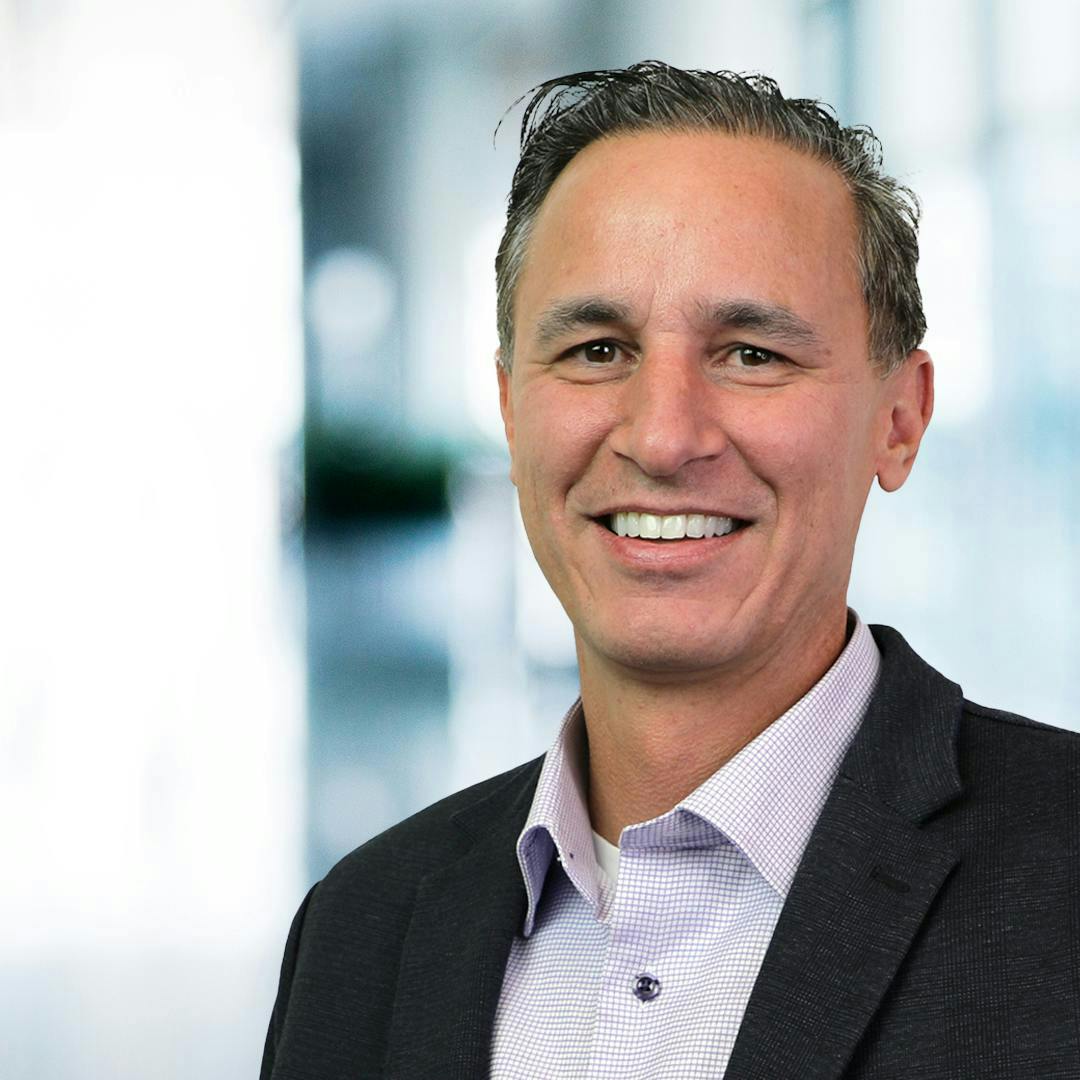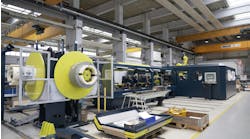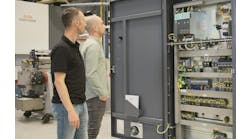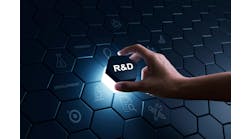Software-defined automation leverages containerization to adopt best practices for continuous integration and continuous deployment
Kurt Braun is director of automation sales engineering and development at Wago.
Get your subscription to Control Design’s daily newsletter.
What is the primary focus of software-defined automation (SDA)?
Kurt Braun, director of automation sales engineering and development, Wago: The primary focus of software-defined automation (SDA) is to decouple control and management software from the underlying hardware. Unlike traditional platforms, which are tightly integrated and designed for specific purposes, SDA provides a more flexible and modular approach to automation.
What are the primary benefits of software-defined automation?
Kurt Braun, director of automation sales engineering and development, Wago: Software-defined automation offers enhanced security, portability and scalability through the use of technologies like Docker containers. For instance, [some] controllers can implement Docker containers to improve interoperability compared with traditional closed and proprietary systems. In light of recent supply-chain disruptions, SDA's ability to facilitate multiple vendor sourcing options has become a significant advantage.
How does software-defined automation contribute to the convergence of IT and OT?
Kurt Braun, director of automation sales engineering and development, Wago: SDA leverages containerization to enable development teams to adopt best practices for continuous integration and continuous deployment (CI/CD). By storing files on secure servers rather than individual laptops, SDA enhances security and ensures reliable version control. Additionally, tools like Kubernetes and Portainer support mass deployment of these containers across operational technology (OT) environments.
Which standards and protocols will be most impacted by software-defined automation?
Kurt Braun, director of automation sales engineering and development, Wago: SDA is likely to accelerate the adoption of modern communication protocols such as message queuing telemetry transport (MQTT) and OPC UA, which offer encryption and enhanced security. In contrast, many legacy fieldbuses, which were designed before cybersecurity became a concern, lack encryption and may see a decrease in use over time because of this. MQTT, in particular, is an effective protocol for secure communication between containerized applications.
Which components will see the biggest impact from software-defined automation?
Kurt Braun, director of automation sales engineering and development, Wago: SDA can significantly impact all layers of advanced automation systems. For example, [some] automation products can deploy PLC runtimes as containers, alongside other workloads such as databases like InfluxDB, SCADA systems like Ignition and IIoT platforms like Node-Red. This modular approach streamlines deployment and management across diverse environments.
In what ways does software-defined automation allow machine builders more flexibility in hardware selection and management?
Kurt Braun, director of automation sales engineering and development, Wago: Containerization provides machine builders with greater flexibility by enabling software to be portable across different hardware platforms, with minimal modifications. Even when specialized hardware features are required, the adjustments needed are usually minor, allowing for a broader selection of compatible hardware.
How can machine builders prepare for and leverage software-defined automation?
Kurt Braun, director of automation sales engineering and development, Wago: To effectively leverage SDA, machine builders should partner with hardware providers experienced in SDA methodologies. Choosing the right provider can simplify the adoption process and help navigate the complexities of integrating SDA into existing systems, ensuring a smoother transition.
How does software-defined automation build on existing IT and network infrastructure in factories and plants?
Kurt Braun, director of automation sales engineering and development, Wago: SDA can integrate seamlessly with existing IT and OT infrastructures by adopting a hybrid approach. Legacy systems, which can be costly and complex to replace, can coexist with containerized applications that introduce new capabilities. This phased approach allows for manageable milestones and minimizes disruption to production environments.






